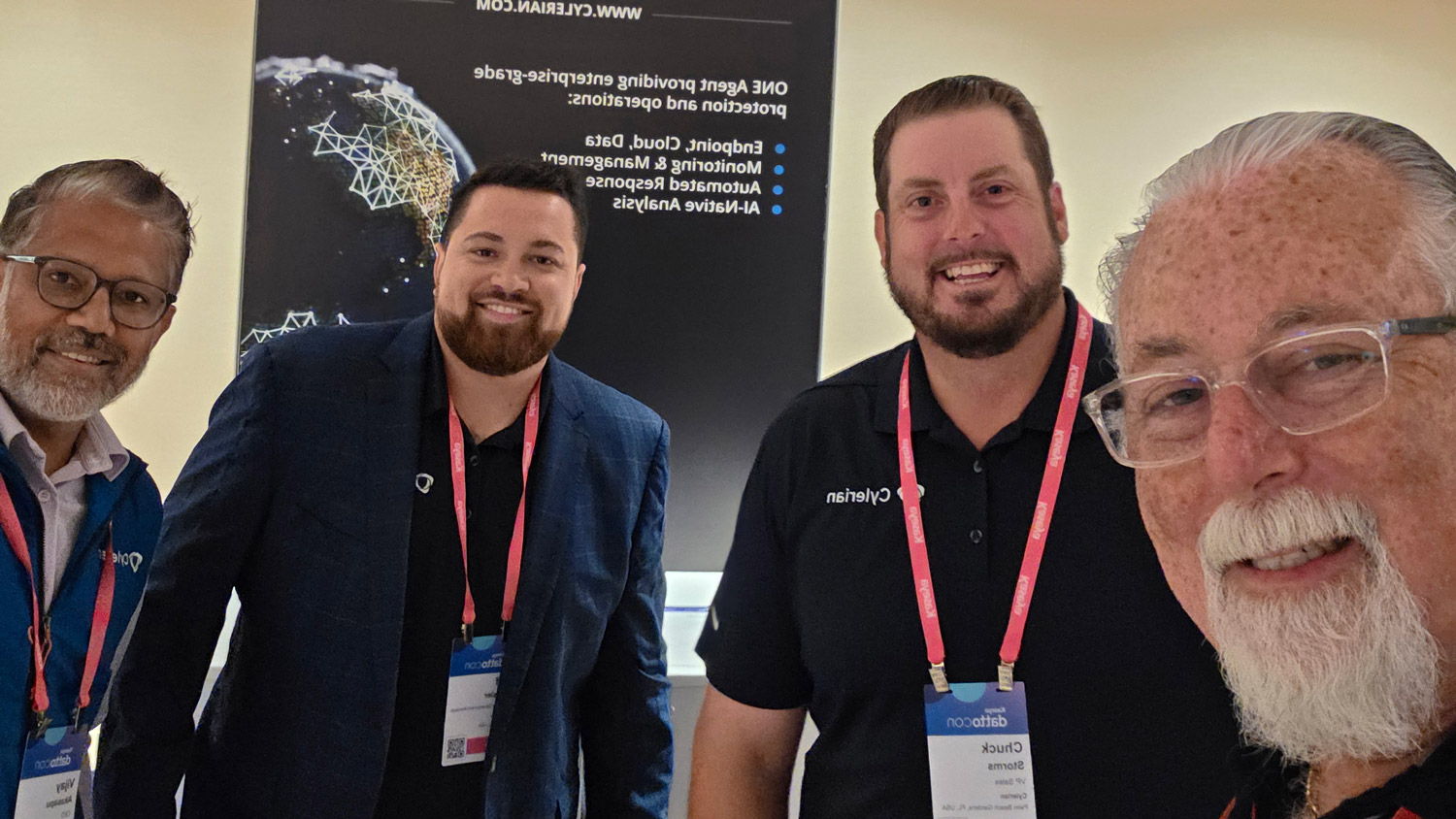In the ongoing generative AI hype of 2024, some rockstars of AI have emerged. But the stark reality is that no one vision nor company can successfully enable the full AI potential.
A recent study by TCS showed that most senior business executives are excited about AI. Although they want to use it for business, a mere 4% have in a way that is transformative. And 24% haven’t moved beyond the exploratory phase in AI projects.
We live in a world where AI is the byword for nearly every business conversation. Why then is there such a disparity between interest and implementation? Notably, the channel ecosystem must deliver money-making AI projects back to the company. We must define common goals and practices to deliver a consistent and valuable AI experience to end customers.
At every step of the journey, every partner must be in sync. They must speak the same language about customers’ goals and processes. MSPs should focus on two aspects to successfully deliver value from AI deployments: Communicate measurable business value and employ AI in rapid, agile sprints.
Communicating Measurable Business Value
What is AI’s return on investment? The “art of the possible” has been proven across industries. Even consumers themselves look at genAI at as a mainstream application. We must now look beyond that to the art of economics.

Nidhi Srivastava
It’s no longer enough for an AI implementation to simply be interesting. C-suite executives and their teams are under pressure to demonstrate that they are using AI to generate positive business results.
Of course, it can be used to implement cost savings and optimizations. However, the TCS AI for Business Study showed that 69% of companies are more interested in using AI to spur innovation and increase revenue.
As vendors and service providers come together to help customers with AI, they must agree on how the implementation will reach its full potential to deliver value.
Deploying AI in Rapid, Agile Sprints
During implementation, the customer should prioritize investments on certain functions or even personas within functions for faster value delivery. The state of AI implementations in the industry is somewhat nascent. So, it’s important to get on the path to business value one step at a time in the form of an “agile sprint.”
To capitalize on AI’s potential, each person has a role to play across the value chain. You can’t transform the full value chain all at once as this could lead to too many in-flight projects with delayed value realization. Instead, prioritize a key individual that significantly influences others in the value chain and implement AI interventions that bring a meaningful shift in a day for that person.
This creates motivation for others to achieve the same in their spheres. For instance, in a manufacturing business, how a plant operator performs its functions has a massive influence on how manufacturing, distribution, supply chain, and after-sales support functions are affected.
Zooming in on an individual is a way to make AI human-centric, too. Beginning with a smart agent for one selected person will ensure that personalization for the role is more consumable. By focusing on creating measurable business value around a persona first, the AI ecosystem can ensure effective collaboration that truly meets customer needs.
Reaching AI’s Full Potential Through Strategic Collaboration
Successfully leveraging AI in the channel ecosystem requires collaboration, clear communication of business value, and a focus on incremental, human-centric deployment. By prioritizing agile sprints and aligning with measurable outcomes, MSPs can deliver meaningful, scalable results for their customers.
The key is to focus on strategic partnerships and tailored solutions that ensure long-term success. This will keep innovation and efficiency at the forefront of AI implementations. Channel partners who embrace this approach will be well-positioned to lead in the rapidly evolving AI landscape.
As vice president and global head of the Tata Consultancy Service AI.Cloud offerings, Nidhi Srivastava guides clients on how to generate more business value and achieve productivity by capitalizing on cloud and AI. She also oversees the development of new offerings and capabilities, including generative AI solutions, specialized AI tools, and strategic AI partnerships.
Image: iStock













